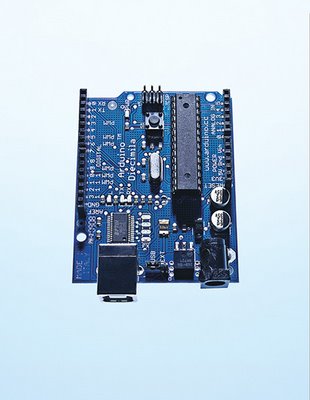 The Darth Vader of USB Modems. ATT USB 881. It will suck all your money out of your wallet!
The Darth Vader of USB Modems. ATT USB 881. It will suck all your money out of your wallet!
Digg this post!Evidently, deceptive business practices are the norm for ATT and the iPhone. William Gillis in San Diego is already
suing Apple for false advertising.
Is it OK for vendors to blatantly lie about their products? It is very difficult to introduce Agile practices based on truth, transparency, and trust when vendors are constantly lying.
Evidently there are laws against this.
Prohibited Practices: Federal Communications CommissionOvercharging or engaging in other unjust or discriminatory practices by telephone or telegraph companies. 47 U.S.C. §202(a)
Unfair or Deceptive Acts and Practices: Department of CommerceEngaging in unfair or deceptive acts or practices in or affecting interstate commerce.
9/15 U.S.C. §45(a) (1)
Consumer Products - Packaging and LabelingUnfair or deceptive labeling of consumer commodities.
15 U.S.C §1452(a), 1453
Engaging in deceptive packaging, including misrepresentation of retail sale price.
14/15 U.S.C. 1452(a); 16 C.F.R. 502
------
Apple argues only a fool would believe its iPhone 3G adsBy Sam Oliver
Published: 04:10 PM EST
Apple isn't lying in television ads that tout the iPhone 3G as twice as fast as its predecessor, but customers would have to be fools to take those claims at face value, the company argues.
That's essentially Apple's legal response to a lawsuit filed by San Diego resident William Gillis back in September alleging that Apple and AT&T knowingly oversold the new iPhone alongside misleading ads that promised it would perform twice as fast as the original model.
------
When I recently purchased an iPhone, I told the sales guy I needed a USB modem for my Mac that worked globally as I spend 2-3 weeks a month in Europe. He said the ATT USBConnect 881 was an ideal choice as it worked in 177 countries, covered all of Europe and supported Global roaming. He didn't tell me if I used it in Iceland, I would have to buy an ATT corporate exec a Mercedes!
While I was in Iceland recently, I got a call from ATT telling me to dispute an outrageous charge. They were billing me over $39000 for three days of Gmail usage in Iceland. After filing a complaint with the Better Business Bureau, ATT lowered the charge to $20000.
So instead of buying an ATT executive a Mercedes for Christmas, they will settle for a Toyota Prius, all for using Gmail for three days. Maybe Google should get into this business!
It turns out that ATT cannot notify you of outrageously high fees until after you have already used the modem. Their system doesn't support this!
Needless to say, our corporate lawyers propose litigation if we cannot settle for a reasonable fee from ATT. I had a Vodafone USB modem in my bag that would have cost me less than $400 for the same usage in Iceland. Stupid me thought ATT would cost less. Duh!
American Express has already refunded all money paid to ATT for this fiasco. Evidently they think the charges are a little unreasonable.
Recent comments from others indicate there are many iPhone and ATT USB modem users out their who feel they have been mistreated. Is there anyone interested in joining a class action suit against ATT if they fail to resolve this issue in a reasonable way?









